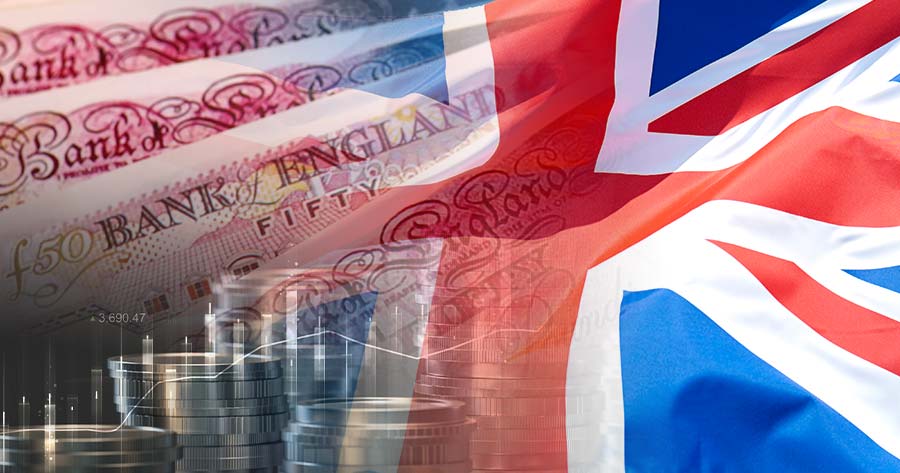In March, the United Kingdom’s annual inflation rate dropped to 2.6%, according to the report of the Office for National Statistics (ONS). The figure was slightly below analyst expectations with Reuters economists predicting a 2.7% increase in the consumer price index. Additionally, the figure previously reached 2.8% in February following a significant rise to 3% in January.
Core inflation, which excludes fluctuating prices in energy, food, alcohol, and tobacco, was recorded at 3.4% for the year leading to March, showing a slight decrease from February’s 3.5%. The ONS identified recreation and culture, as well as motor fuels, as the main contributors to the drop in the monthly inflation rate, while clothing emerged as the key upward factor.
Following the release of this data, the British pound increased by 0.25% against the U.S. dollar, reaching $1.3265.
The inflation data will be of keen interest to the Bank of England (BOE) policymakers, who are anticipated to reduce interest rates in their upcoming meeting on May 8.
Previously, the central bank had maintained rates at 4.5% in March amid predicted inflation rises and uncertainties about economic growth and international trade, particularly due to tariffs imposed by U.S. President Donald Trump.
Meanwhile, February’s monthly growth data showed a 0.5% increase in the U.K. economy. The country aims to secure a trade agreement with the U.S., having faced only a standard 10% import duty as part of Trump’s tariff measures.
Investors will be closely monitoring the BOE’s forthcoming policy announcement on Thursday for insights into the country’s economic forecast.





